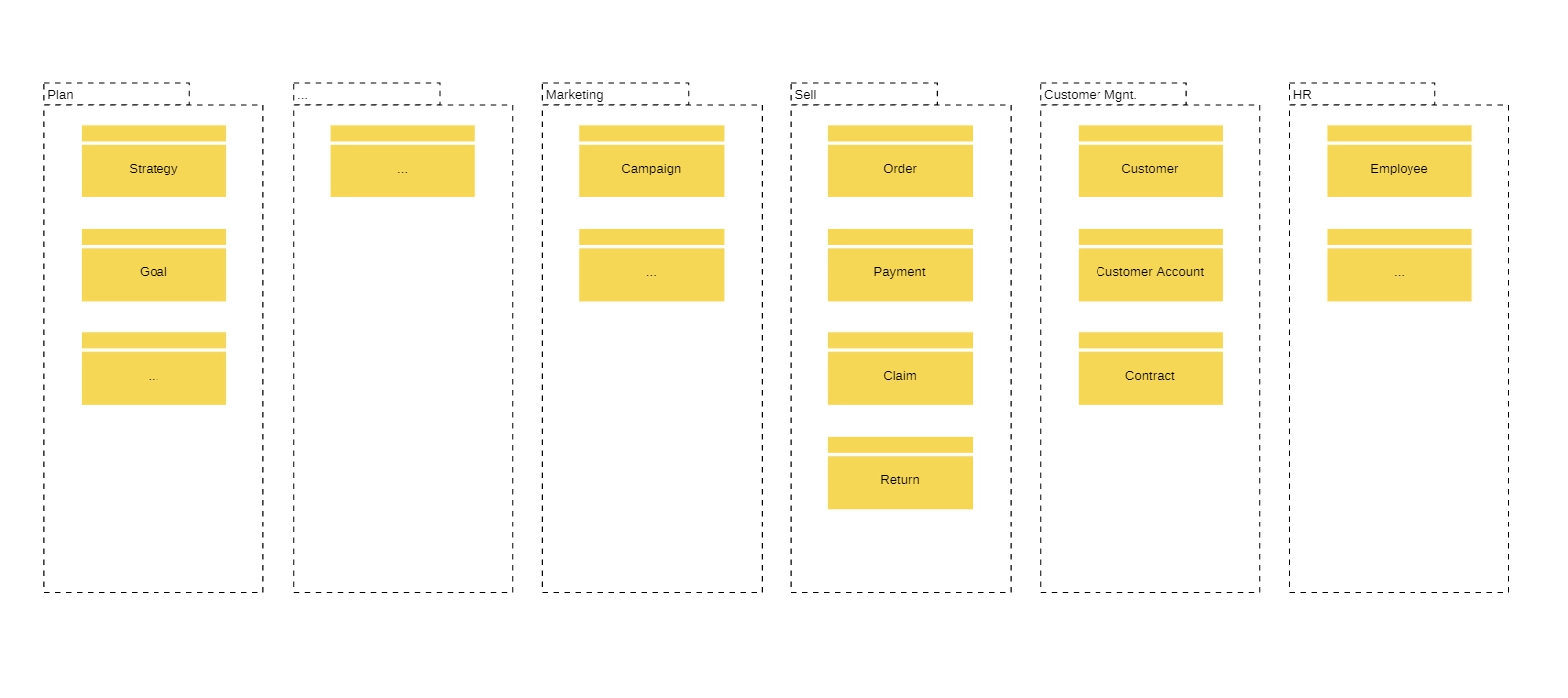Introduction
Thanks to the latest emerging technologies, we get access and become exposed to an ever-increasing amount of data. And with every dataset gathered, you gain information that could potentially be of value to your business. However, due to its considerable volumes, much of this data can easily get overlooked, and thus result in lost business opportunities.
How so? Well, in many organizations it’s the case that employees simply aren’t aware that such data assets exist. And on top of that, they might lack the knowledge to make good use of them. It’s these kind of limitations and intransparency, that in the end make it difficult to leverage the data’s full potential and turn it into actual business opportunities.
But, what if there was an easy way to overcome and bypass these challenges altogether? Keep reading this blog post to learn more about data catalogues, how you can make enterprise data your key competitive advantage, and use it to drive better-informed decision-making.
Why do you need to manage your data?
For starters: having an understanding of your company’s existing data assets can significantly accelerate the implementation of many of your projects. It’s no secret that a lot of organizational initiatives rely on data to succeed, particularly the ones that:
- intend to drive enterprise-wide process integration,
- have to comply with regulatory requirements, or
- enable new data-driven products, services, or even entire business models
But, in order to be able to harness the power of data available to you, you first need to find a good way to organize it. Why? Because otherwise you would spend all of your time just trying to filter through all the data that comes your way, rather than making the best use of it. And this, is where a data catalogue comes to the rescue.
What is a data catalogue?
Think of a regular library. Having a structured overview of the available books organized by title, authors, edition, etc., helps you easily find what you need. Now apply the same principle to your organization’s data assets. Data cataloguing refers to the documentation of all important data objects, as well as related information such as: data owners, location, software applications, interfaces that make the data accessible, etc.

Simply put, a data catalogue is an organized inventory of the data assets in your enterprise. It helps you manage your data and supports you in:
- getting an overview of existing data assets,
- defining responsibilities for data assets and data quality
- deciding on the data mastership, and respectively the systems that serve as golden sources of data
Not sure how to build your data catalogue? Let us give you a headstart!
How can you build a data catalogue example?
Think of all the data in your organization. You have data on people, locations, products, events, agreements, etc. In order to identify which of these data elements are important for the success of your business, we suggest two paths:
Top-down approach
Top-down approach: start, for example, with your business capability map. Think of at least one important data element for each of your capabilities. Take the capability “Customer Relationship Management” as an example. Here, your important data elements will include things like customer information, customer profile, order history, and alike.
Bottom-up approach
Bottom-up approach: start from your IT architecture, for example, your application portfolio. What are the top 2-3 most important data elements managed by a software application?
It’s best to document and visualize your data elements in the form of a data map. That way, all users can quickly get an overview of the most important data assets in your company. Your catalogue should not contain more than 100-200 data elements and could look like this:

Example of a data catalogue
Next up, gather further helpful information about each of the identified data elements. Think from a business point of view:
- Data usage: Which of our strategic capabilities require data? What business processes access this data?
- Technical information flows: Which applications can provide the data? Through which application interfaces is the data made accessible?
- Data protection needs: Who is authorized to access this data? Under which circumstances?
A possible data model to describe such details might look as follows, created using the ArchiMate free poster.

If necessary, further details on your data assets can be collected. Other modelling languages such as UML can also be used for this purpose. No matter how much information you collect, setting up your data catalogue will support you in making quicker and better business decisions. And your stakeholders will love you for it! Best of all: it’s actually as easy as it sounds, and the first results can be achieved in only a matter of days!
Summary
The 21st century has fundamentally changed the way organizations function. An essential component of any successful business today, is obtaining and managing their available data. However, the increasing influx of data can either be a powerful source of information, or a burden. It’s up to you.

A data catalogue can help you use the growing data volumes to your advantage. Rounding out your data portfolio not only helps you organize the data you collect, but also gives it more context – allowing you to leverage it for various analyses and create a bigger picture. In this way, your Data Portfolio Management becomes one of the vital corner stones for driving successful transformations and your further business growth.
Want to get a compact summary of the key do’s and don’ts for visualization of your data assets? Grab a copy of our free poster and level up your DPM starting today!
Get our weekly updates.
Never miss the freshest content.





